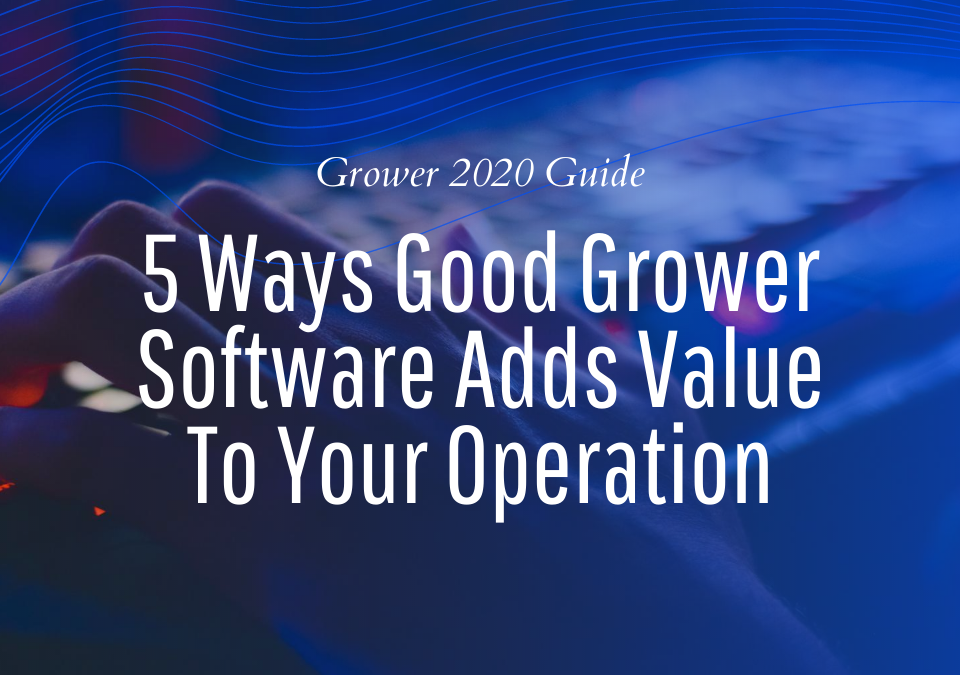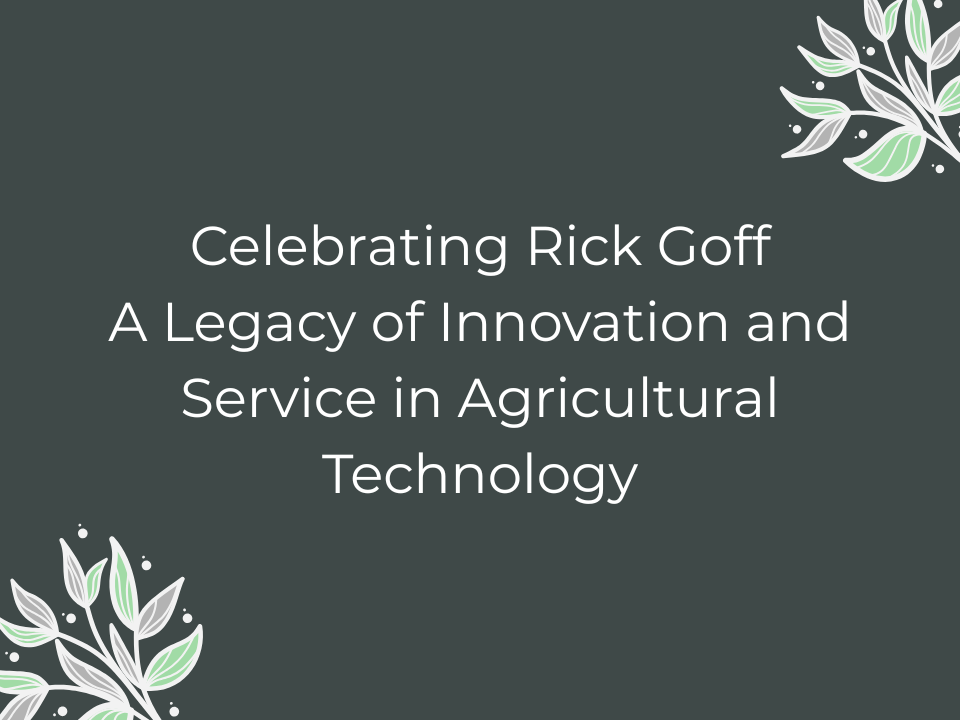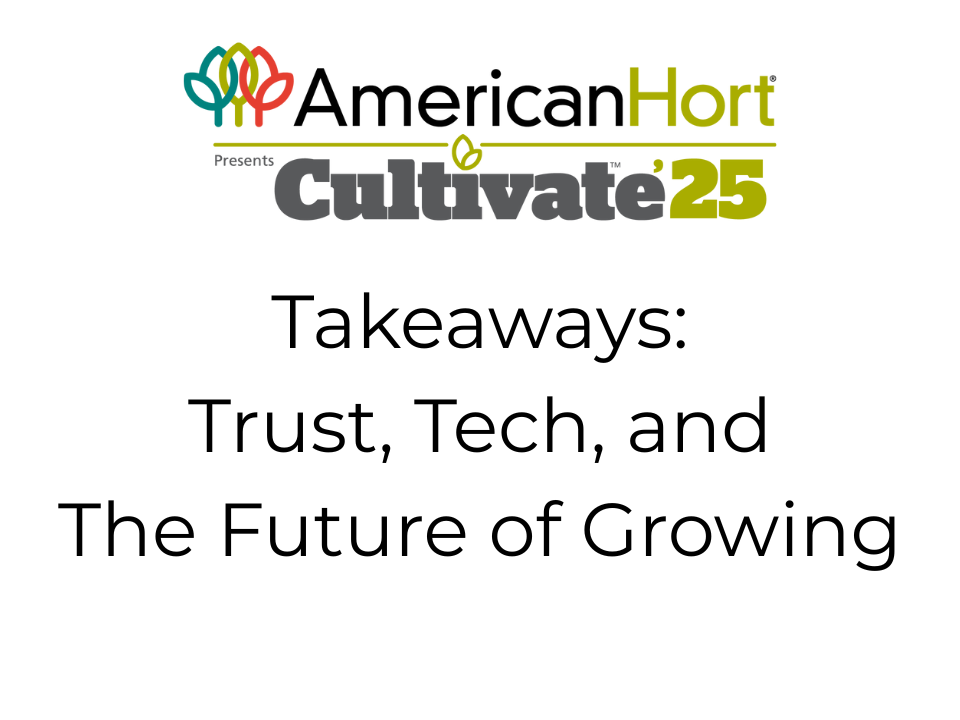
How to Revert Excel To Its Old Formula Style After an Update
July 29, 2020
What Is New in DTS / Merch for Fall 2020
October 21, 2020“Wow that’s a lot of money!” is a quote that sometimes occurs when looking to purchase new software systems for your growing operation.
Why is that a typical reaction?
Why do we assume that complex, highly specialized software should not cost anything? **
Based on my experience we think that way because of a couple of reasons.
First, we perceive that the real cost of software is near zero (after all it’s everywhere). We are biased by any quote we see with what apps cost in the apple app store.
Good grower software is highly specialized, complex and costly to build and maintain. Even fairly priced systems can seem expensive in our world ‘apps’.
Second, it takes effort to estimate the value the full impact a good software system can have on our business.
So, while price may be the thing that generates a false sense of sticker shock because of the aforementioned bias, try to create a valid mental comparison of that price with vectors of value creation a good software system can bring for your business.
Here are 5 areas to analyze the future value that a new grower software system can bring.
1) Better Efficiencies = Labor Savings
Labor savings covers fewer labor hours to input data or create reports or track issues or faster algorithms for example. Good software and systems improve back office and front office efficiencies. The value from freeing human capital to work on higher value tasks that return more to the business.
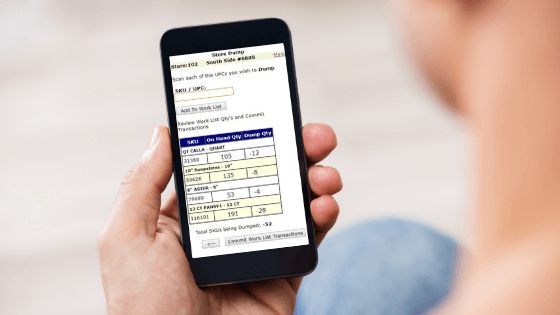
The value that good grower software can yield in this area can be worth the partial salaries of several office personnel, which can add up to tens of thousands of dollars in improvements.
2) Greater Visibility = Better Opportunity Identification
Good grower software systems should help you view your operational data easier and more accurately. Thus, providing decision support and insight. This can help with improved profitability, better pricing, improved opportunity achievement.
If your system has accurate data, you will be able to better know if you can profitably take advantage of opportunities that come your way. This can be worth thousands of dollars a year.
3) Increased Data Accuracy = Improved Risk Avoidance
Better data can help identify potential issues earlier and help avoid problems. With timely and accurate data you might be able to avoid plan misses or reduce the severity or probability of them. Even if you are a small size grower a small percent miss in plan can be worth hundreds of thousands of dollars.
Good grower software systems that provide analysis, reporting so you can see these variances early can allow you to turn disaster into profit.
4) Tighter Process Adherence = Better Quality
Good software systems provide standard ways to accomplish tasks and guard rails to help make sure operations are done correctly. This fact can help your operations, planning and sales teams improve quality.
Improved quality can result in less scrap, higher sell through and better margins and prices for growers. Better scrap alone can yield tens of thousands of dollars in return for a decent sized grower.
5) New Capabilities = New Business Opportunities
A new software system can provide new capabilities to enhance what you can do for or provide to your customers. It could be an integration opportunity to use a new sales channel or increased functionality to improve tag printing and management that allows you to sell to a new customer.
When you decide to replace a grower software system make sure it has capability to allow your busines to grow and take advantage of new paradigm and business opportunities.
Example Grower Operation Illustrates The Point
Lets say you are a $2.5 M revenue grower of a wide variety of annuals and perennials in production and you are evaluating a new grower software and accounting system that will all in cost around $26,540 per year. Further assume that some of the necessary office labor is only utilized 35 weeks a year to match your selling and production seasons.
In order to evaluate the potential return your business can see on that price lets do some sample calculations for the value areas.
Better Labor Efficiencies Savings
Estimated labor savings in removing manual order entry and adding integration or automation between systems:
3 employees * avg 4 hrs per week * 35 weeks per year * $18/hr = $7,650 / yr
Estimated labor saving in better availability data collection:
2 employees * 3 hrs per week * 35 weeks per year * $15/hr = $3,150 / yr
Estimated labor saving on manual excel report creation:
1 employee * 6 hrs per week * 35 weeks per year * $18/hr = $3,780 / yr
Greater Visibility To Data
Better inventory yields knowledge to take advantage of a new $10K opportunity for items that were not going to sell.
$10,000
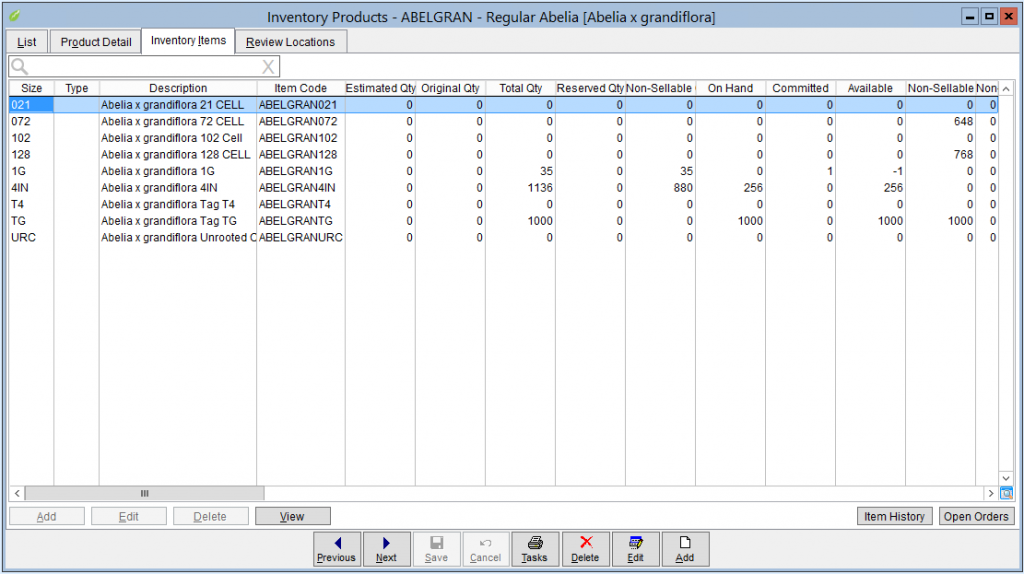
Increased Data Accuracy
Better order tracking and variance reporting shows potential plan miss for un ordered raw materials for highest volume product: Assume a 2% impact:
$50,000
Improved Processes
Better process adherence yields a 20% drop in scrap: assume historically a 4% scrap goes to 3.2% scrap:
$20,000
New Capabilities
A new capability to sell your availability online can open up a new channel of revenue.
For example if a new system allowed you to easily publish availability and take orders online and that allowed you to increase revenue by another 2% in the next year.
New Online orders at 2% = $50,000
Total Possible Value Of New Grower Software System
Total Potential Value: $144,490 / yr.
Total software Quote Cost: $26,540 / yr.
Estimated total possible value return: 4.4x
Even if your implementation only yields half of the potential value the first year you are still at 2.2x. A phenomenal investment.
Granted these numbers are assumptions, but they are not unrealistic in what good software with a solid implementation can achieve.
Your operation may have other areas of consideration as well for additional value.
Other Grower Software Decision Factors
Other things that also offset prices are factors you may need to consider in your situation:
- Lack of an existing system
- Existing system obsolescence
- Missing capabilities only realized by new software system
- Employee training and need
- Lack of existing system support from current vendor
- Specific grower business model or integration need
- Regulatory or legal factors
- Level of automation
- Level of analytics and included reporting and dashboards
- There may be others specific to your operation or structure.
Grower Software Bottom Line
When making the decision to purchase new grower or other business software focusing solely on price number can lead to bad or sub-optimal decisions. Make sure you assess value creation as part of our decision process.
Value creation from a potential new software purchase is a more effective way to evaluate prices of software packages. And make sure you consider all the areas impacting your business.
Make sure your software sales representative can help you see the value vectors. If they can’t then you need to find a better grower software vendor.
It may be that for your operation the price – value equation still doesn’t balance for a given purchase. By doing thought experiments like this a grower can more reasonably assess price against value and make a better software system purchase for the operation.
** Open source systems have achieved astounding scale and complexity and provide ‘free’ software such as Linux or Python. These systems are typically very broad based and widely appealing and attract hundreds or thousands of volunteers to contribute and many have corporate sponsors as well. This is not the typical use case for highly vertical, complex, multi-module, small market specialized software.

